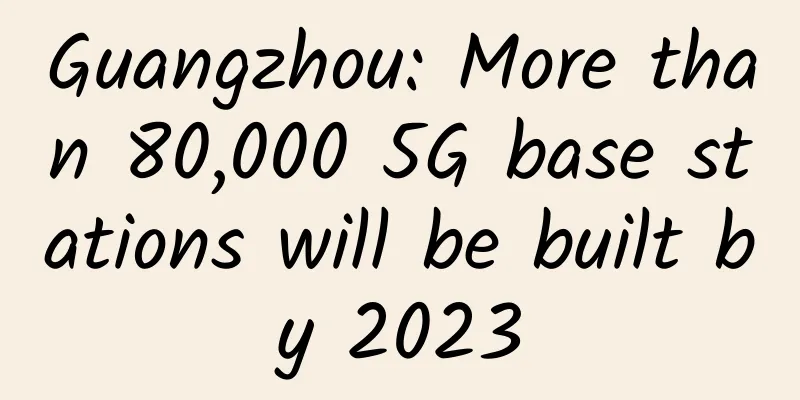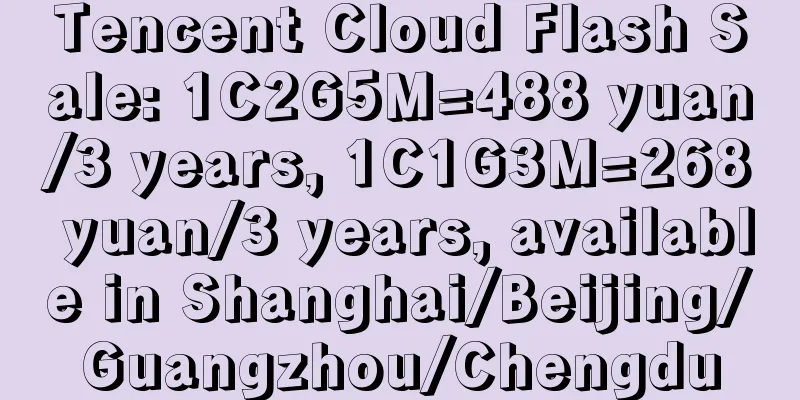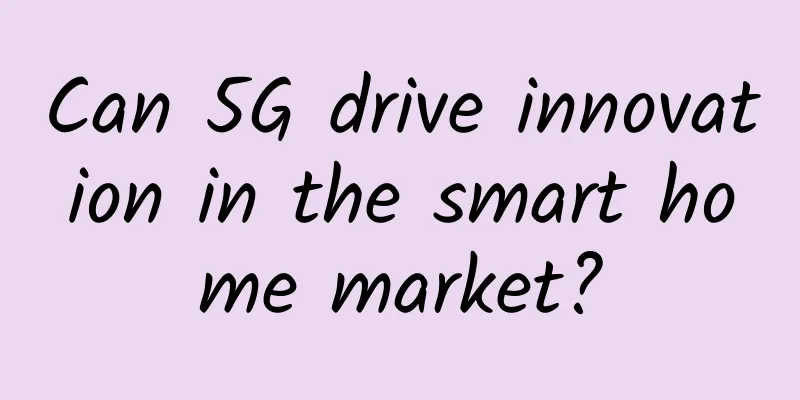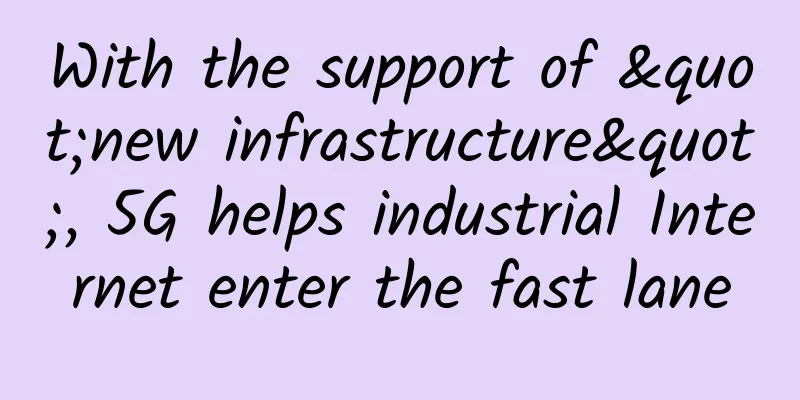12 Myths About Blockchain Technology
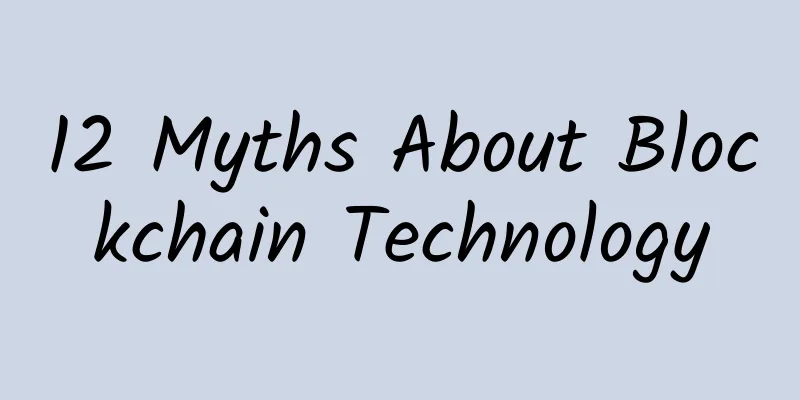
|
Blockchain, the distributed ledger technology, has become the subject of much hype in the tech industry and beyond. Blockchain technology offers a way to record transactions or any digital interaction that is designed to be secure, transparent, resistant to disruption, auditable, and efficient; it also has the potential to disrupt industries and enable new business models. It is a young and rapidly changing technology that will take several years to become widely commercialized. Nonetheless, to avoid disruption or missed opportunities, strategists, planners, and decision-makers across industries and business functions should take notice and begin researching the technology’s applications now. The blockchain is a database that maintains a continuously growing set of data records. It is distributed in nature, meaning that there is no main computer controlling the entire chain, though participating nodes have a copy of the chain. The blockchain is also constantly expanding - data records are only added to the chain. Blockchain consists of two elements: Transactions are operations created by system participants, and blocks record these transactions and ensure that they are in the correct order and cannot be tampered with. The biggest advantage of blockchain is that it is public. Everyone who participates can see the blocks and transactions stored in it. However, this does not mean that everyone can see the actual content of your transaction, your keys can protect the information. Blockchain is decentralized, so there is no single authority that can approve these transactions, nor can specific rules be set for accepting transactions. This means that a high level of trust is required among all participants in the network, and they must reach a consensus to accept transactions. Most importantly, blockchain is secure. The database can only be expanded, and previous records cannot be changed (at least, if someone wants to change previous records, it will be very costly). If someone wants to add a transaction to the chain, all participants in the network have to verify it. They do this by applying an algorithm to verify the validity of the transaction. The exact meaning of "valid" is defined by the blockchain system and can differ between systems. Then, a majority of participants agree on the validity of the transaction. A series of approved transactions are bundled into a block, and these acquired transactions are sent to all nodes in the network. In turn, they verify these new blocks. Each successive block contains a hash value, which is a unique feature of the previous block. To ensure data has not been tampered with, blockchain provides a layer of timestamping that removes multiple levels of human scrutiny and makes transactions immutable. However, it is not yet the panacea that some people believe it to be. There are three types of blockchains:
While blockchain technology has many positive aspects, it also has a lot of misunderstanding and confusion: Myth 1: Blockchain is a magical database in cloud computing The blockchain is conceptually a flat file - a linear list of simple transaction records. This list is "append-only so entries can never be deleted, however, the file grows indefinitely and must be replicated in every node in the peer-to-peer network." Blockchain does not allow the storage of any type of physical information, such as a Word document or PDF file. It can only provide a "proof of existence", and the distributed ledger can only contain a code that proves the existence of a certain document, not the document itself. However, the file can be stored in a "data lake" with access rights controlled by the owner of the information. Myth 2: Blockchain will change the world We can use blockchain to conduct complex and technical transactions – like verifying the authenticity of a diamond, or confirming a person’s identity. There is also talk of blockchain applications in trade finance, which are transformative in terms of cutting costs and speeding up transactions. While blockchain can support these use cases and mitigate the risk of fraudsters tampering with the ledger, it does not eradicate the threat of online fraud, and it raises questions about confidentiality. In addition, using blockchain technology is still inefficient in many cases compared to maintaining a traditional ledger. Myth 3: Blockchain is free Despite the commonly held perception that “blockchain is free,” blockchain is neither cheap nor efficient. It involves multiple computers solving mathematical algorithms to arrive at a final, immutable result, known as a “single version of the truth” (SVT). Each “block” in a blockchain typically requires a large amount of computing power to solve, and someone needs to pay for all the computer power that powers the blockchain service. Myth 4: There is only one blockchain There are many different technologies being called blockchains today, and they come in both public and private versions, open and closed source, and are often customized for specific solutions. The common features of these blockchains are that they are cryptographically segmented, distributed, and have some form of consensus mechanism. Bitcoin’s blockchain, Ethereum, Hyperledger, Corda, and IBM and Microsoft’s “blockchain” services can all be classified as distributed ledger technologies. Myth 5: Blockchain can be used in any field and any transaction As powerful as code is, it’s not magic. Bitcoin and blockchain developers will talk about it, and it’s easy to understand that for many, blockchain is the authority on math, not government departments or lawyers. In the minds of some developers, blockchain and smart contracts will one day replace money, lawyers, and other arbitration institutions. However, this code is limited to the number of cryptocurrency transactions on the chain itself, and cryptocurrencies are far from mainstream. Myth 6: Blockchain can become the backbone of the global economy No single country or corporate entity owns or controls a blockchain. For this reason, blockchain proponents hope that private chains will provide the foundation for dozens or even hundreds of encrypted and trusted cryptocurrencies. On the surface, the Bitcoin blockchain appears to be the leader, but a recent report from Gartner puts it on a par with the size of the Nasdaq network. If cryptocurrencies take off and more records are generated, this may change. For now, though, blockchain networks are roughly comparable to contemporary financial networks. Myth 7: Fixed and irrevocable blockchain classification Similar large transaction databases, such as bank records, are inherently private and tied to specific financial institutions. The power of blockchain, of course, is that the code is public, transactions are verifiable, and the network is cryptographically secured. Fraudulent transactions—in industry parlance, the network rejects “double spends” to prevent fraud. Because mining the chain provides a financial incentive in bitcoins, it is widely believed that it is not in the financial interest of participants to rewrite historical transactions. However, for now, as computing resources continue to improve over time, the potential for fraud also increases, and the impact of future processing power on the integrity of contemporary blockchains is unclear. Myth 8: Blockchain records can never be hacked or tampered with One of the main selling points of blockchain is its inherent durability and transparency. When people hear these two points, they usually think that means the blockchain is invulnerable to external attacks. No system or database is completely secure, but the larger and more widely distributed the network, the more secure they are considered. In fact, blockchain can provide a way for application developers to capture unauthorized changes to records. Myth 9: Blockchain can only be used in the financial sector Although blockchain has many applications in many fields, there is no doubt that finance is one of them. Blockchain initially made waves in the financial sector because its first application, the Bitcoin cryptocurrency, directly affected this field. The significant challenges that this technology brought to the financial world prompted international banks such as Goldman Sachs or Barclays to invest heavily. Outside of the financial field, blockchain can and will be used in real estate, healthcare and even individuals to create a digital identity. Individuals can potentially store a proof of existence of medical data on the blockchain and provide access to pharmaceutical companies in exchange for money. Myth 10: Blockchain is Bitcoin Since Bitcoin is more famous than the underlying technology, blockchain, many people confuse the two. Blockchain is a technology that allows peer-to-peer transactions to be recorded on a network distributed ledger. These transactions are stored in blocks, and each block is linked to the previous block, thus creating a chain. In this way, each block contains a complete, time-stamped record of all transactions that have occurred in the network. On the blockchain, everything is transparent and permanent. No one can change or delete transactions from the ledger. Bitcoin is a cryptocurrency that allows electronic payments between two people directly, without going through a third party like a bank. Bitcoin is created and stored in a virtual wallet, and since there is no intermediary between the two parties, no one can control the cryptocurrency. Therefore, the number of Bitcoins issued will be limited and defined by a mathematical calculation. Myth 11: Blockchain is only designed for business interactions Blockchain experts firmly believe that this technology will change the world and the global economy, just like the effect brought by Internet companies in the early 1990s. Therefore, blockchain should not only be open to large companies, but also accessible to everyone everywhere. If you only need to connect to the Internet to use blockchain, then we can easily imagine how many people in the world can interact and influence each other. Myth 12: The legal value of smart contracts is the same as that of regular contracts Currently, smart contracts are just pieces of code that automatically perform actions when certain conditions are met. Therefore, from a legal perspective, they are not considered regular contracts. However, they can be used to prove whether a certain task has been completed. Although the legal value of smart contracts is somewhat ambiguous, it is still a very powerful tool, especially when combined with the Internet of Things. |
<<: Photos: 2017 Huawei Connect Conference leaders and guests' wise words
>>: Seven of the hottest new IT jobs
Recommend
6 hot trends in IT recruiting, and 5 that are cooling down
A global pandemic, the resulting recession and na...
7 Advantages and 4 Challenges of Hosting
Colocation, which involves placing IT equipment i...
Why is Web 3.0 important? What are the basics you need to know?
Editor's Note: What is Web 3.0? How does it d...
[Black Friday] DMIT consumption rebate, 20% off Japan VPS, 50% free traffic in Hong Kong/Los Angeles
DMIT.io also launched a promotion during Black Fr...
University of Nottingham Ningbo China: seamlessly connected to the world, with top 100 universities within easy reach
In September, when students of the University of ...
my country has surpassed the United States in many technologies, including AI and 5G, and it is becoming increasingly difficult for the United States to strangle us
As world powers, China and the United States comp...
The world's first commercial Gigabit LTE network and terminal launched
Qualcomm, Telstra, Ericsson and NETGEAR recently ...
Point2 launches 5G RangeXtender to increase network fronthaul and backhaul range
Point2 Technology said its 5G RangeXtender allows...
Analysis on the development trend of indoor distribution system in the 5G era
With the development of mobile Internet communica...
In 2021, the development of 6G in various countries will accelerate, and the deployment of network satellites will become the focus.
Although 5G has only just become a reality, techn...
How does cloud routing build a home intranet control system?
Author: Wei Fei, Unit: China Mobile Smart Home Op...
It feels so good to be validated!
Hello everyone, I am Xiaolin. Previously, I answe...
PacificRack: $7.99/year KVM-768MB/13GB/1TB/Los Angeles data center
PacificRack started selling the new Virtualizor p...
Netty Getting Started Practice: Simulating IM Chat
Almost all frameworks we use have network communi...
NexusBytes: $4/month KVM-1GB/15GB/250GB/Japan data center
NexusBytes describes itself as a one-person compa...
